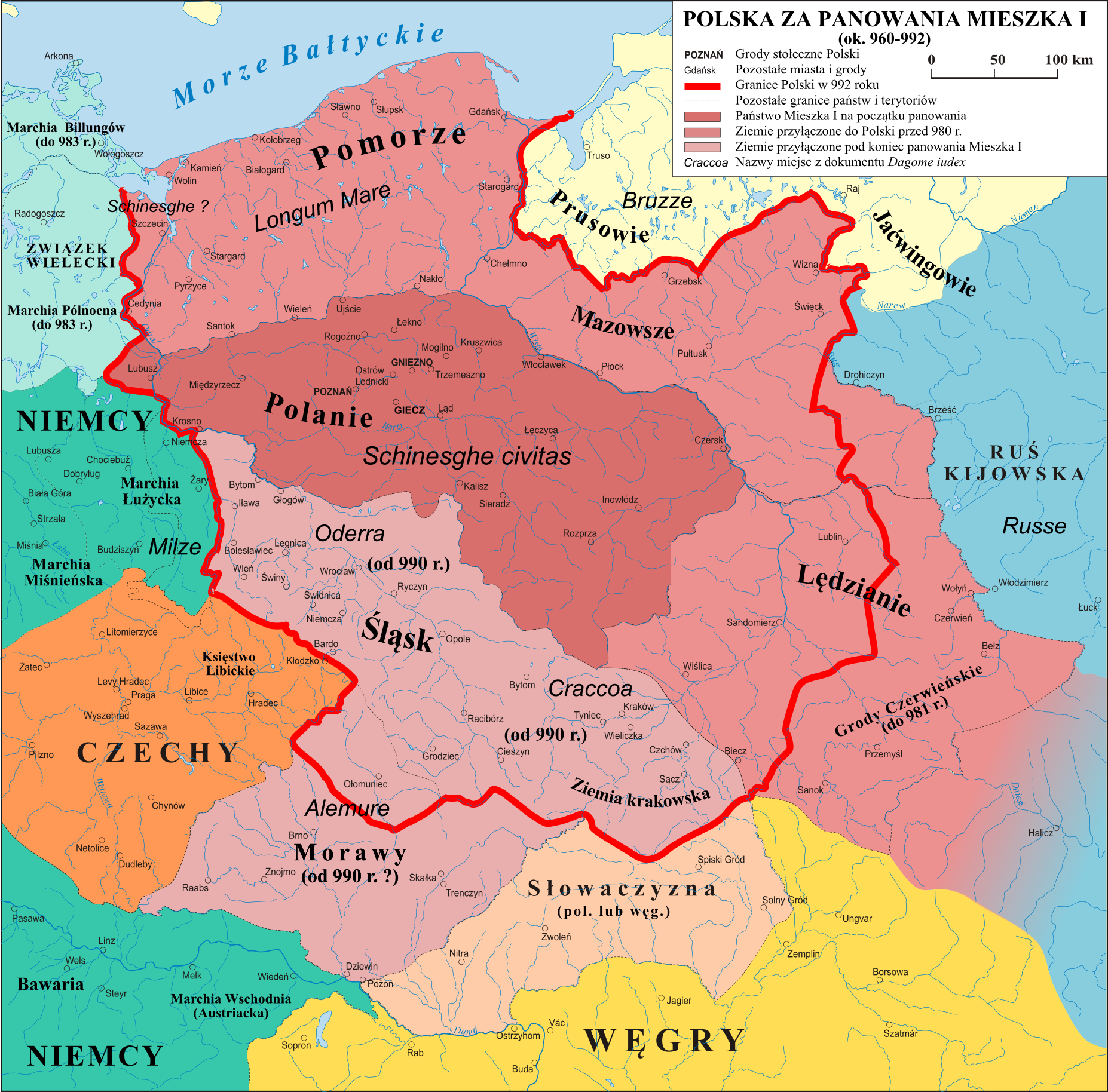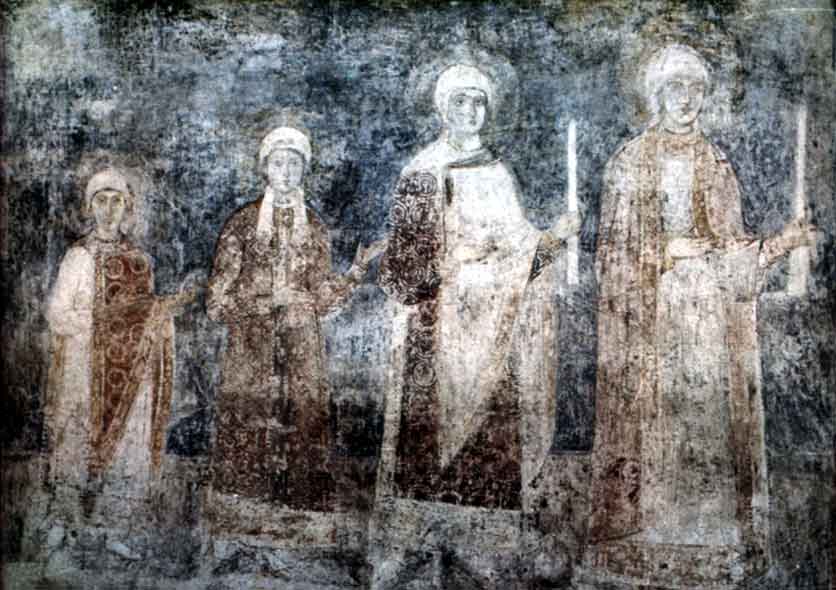|
Yaroslav The Wise's Attack On Brest
Yaroslav the Wise's attack on Brest ''(pl: Atak Jarosława Mądrego na Brześć)'' was a campaign in 1022 by Grand Prince of Kiev Yaroslav the Wise leading the Kievan Rus' against Civitas Schinesghe led by Bolesław I the Brave, Duke of Poland Poland was ruled at various times either by dukes and princes (10th to 14th centuries) or by kings (11th to 18th centuries). During the latter period, a tradition of Royal elections in Poland, free election of monarchs made it a uniquely electab ... at the time. It ended in a Polish victory. The campaign according to some sources is legendary. References Conflicts in 1022 History of Brest, Belarus 11th century in Poland 11th century in Kievan Rus' 1022 in Europe {{Poland-battle-stub ... [...More Info...] [...Related Items...] OR: [Wikipedia] [Google] [Baidu] |
Brest, Belarus
Brest, formerly Brest-Litovsk and Brest-on-the-Bug, is a city in south-western Belarus at the border with Poland opposite the Polish town of Terespol, where the Bug (river), Bug and Mukhavets rivers meet, making it a border town. It serves as the administrative center of Brest Region and Brest District, though it is administratively separated from the district. it has a population of 346,061. Brest is one of the oldest cities in Belarus and a historical site for many cultures, as it hosted important historical events, such as the Union of Brest and Treaty of Brest-Litovsk. Furthermore, the Brest Fortress was recognized by the Soviet Union as a Hero Fortress in honour of the defense of Brest Fortress in June 1941. In the High Middle Ages, the city often passed between Poland, the principalities of Kievan Rus', and the Grand Duchy of Lithuania. From the Late Middle Ages, the city was part of Lithuania, which later became a part of the Polish–Lithuanian Commonwealth from 1569. ... [...More Info...] [...Related Items...] OR: [Wikipedia] [Google] [Baidu] |
Kievan Rus'
Kievan Rus', also known as Kyivan Rus,. * was the first East Slavs, East Slavic state and later an amalgam of principalities in Eastern Europe from the late 9th to the mid-13th century.John Channon & Robert Hudson, ''Penguin Historical Atlas of Russia'' (Penguin, 1995), p.14–16. Encompassing a variety of polities and peoples, including East Slavs, East Slavic, Norsemen, Norse, and Finnic peoples, Finnic, it was ruled by the Rurik dynasty, founded by the Varangians, Varangian prince Rurik.Kievan Rus , Encyclopædia Britannica Online. The name was coined by Russian historians in the 19th century to describe the period when Kiev was preeminent. At its greatest extent in the mid-11th century, Kievan Rus' stretched from the White Sea in the north to the Black Sea in the south and from the River source, headwaters of the ... [...More Info...] [...Related Items...] OR: [Wikipedia] [Google] [Baidu] |
Civitas Schinesghe
Civitas Schinesghe (; ), also known as the Duchy of Poland or the Principality of Poland, is the historiographical name given to a polity in Central Europe, which existed during the medieval period and was the predecessor state of the Kingdom of Poland. States and territories disestablished in the 1020s Etymology Civitas Schinesghe, meaning "Gniezno State", is the first recorded name related to Poland as a political entity, dating to the year 991 and attested to in a later papal regesta called '' Dagome iudex'' from 1080. The document states that the Piast duke Mieszko I and his wife, Oda von Haldensleben, had given the guidance of ''unam civitatem in integro, que vocatur Schinesghe'' ("a whole state, which is called Schinesghe") over to the Holy See. Though the proper Latin name for Poland, ''Polonia'', which came into use some time later, is not explicitly used in the document, the name ''Schinesghe'' presumably refers to Gniezno, which was one of the main gord stron ... [...More Info...] [...Related Items...] OR: [Wikipedia] [Google] [Baidu] |
Yaroslav The Wise
Yaroslav I Vladimirovich ( 978 – 20 February 1054), better known as Yaroslav the Wise, was Grand Prince of Kiev from 1019 until his death in 1054. He was also earlier Prince of Novgorod from 1010 to 1034 and Prince of Rostov from 987 to 1010, uniting the principalities for a time. Yaroslav's baptismal name was George after Saint George. Yaroslav was a son of Vladimir the Great and Rogneda of Polotsk. Yaroslav ruled the northern lands around Rostov before being transferred to Novgorod in 1010. He had a strained relationship with his father and refused to pay tribute to Kiev in 1014. Following Vladimir's death in 1015, Yaroslav waged a complicated war for the Kievan throne against his half-brother Sviatopolk, ultimately emerging victorious in 1019. As the Grand Prince of Kiev, Yaroslav focused on foreign policy, forming alliances with Scandinavian countries and weakening Byzantine Empire, Byzantine influence on Kiev. He successfully captured the area around present-day Tartu ... [...More Info...] [...Related Items...] OR: [Wikipedia] [Google] [Baidu] |
Bolesław The Brave
Bolesław or Boleslav may refer to: People * Bolesław (given name) (also ''Boleslav'' or ''Boleslaus''), including a list of people with this name Geography * Bolesław, Dąbrowa County, Lesser Poland Voivodeship, Poland * Bolesław, Olkusz County, Lesser Poland Voivodeship, Poland * Bolesław, Silesian Voivodeship, Poland * Brandýs nad Labem-Stará Boleslav, Czech Republic * Mladá Boleslav, Czech Republic * FK Mladá Boleslav, football club from Mladá Boleslav See also * Pulß * Václav Václav () or rarely Vácslav is a Czech name, Czech male given name. It is among the most common Czech names. The Latinized form of the name is Wenceslaus and the Polish form of the name is Wacław. The name was derived from the old Czech name Vece ... * Wenceslaus {{disambig, geo ... [...More Info...] [...Related Items...] OR: [Wikipedia] [Google] [Baidu] |
Grand Prince Of Kiev
The Grand Prince of Kiev (sometimes also Grand Duke) was the title of the monarch of Kievan Rus', residing in Kiev (modern Kyiv) from the 10th to 13th centuries. In the 13th century, Kiev became an appanage principality first of the grand prince of Vladimir and the Mongol Golden Horde governors, and later was taken over by the Grand Duchy of Lithuania. Rus' chronicles such as the ''Primary Chronicle'' are inconsistent in applying the title "grand prince" to various princes in Kievan Rus'. Although most sources consistently attribute it to the prince of Kiev, there is no agreement which princes were also "grand prince", and scholars have thus come up with different lists of grand princes of Kiev. Background Origins According to a founding myth in the ''Primary Chronicle'', Kyi, Shchek and Khoryv and their sister Lybid co-founded the city of Kiev (Kyiv), and the oldest brother Kyi was "chief of his kin" (). Some western historians (i.e., Kevin Alan Brook) suppose that Kie ... [...More Info...] [...Related Items...] OR: [Wikipedia] [Google] [Baidu] |
Bolesław I The Brave
Bolesław I the Brave (17 June 1025), less often List of people known as the Great, known as Bolesław the Great, was Duke of Poland from 992 to 1025 and the first King of Poland in 1025. He was also Duke of Bohemia between 1003 and 1004 as Boleslaus IV. A member of the Piast dynasty, Bolesław was a capable monarch and a strong mediator in Central European affairs. He continued to proselytise Western Christianity among his subjects and raised Poland to the Kingdom of Poland, rank of a kingdom, thus becoming the first Polish ruler to hold the title of ''rex'', Latin for king. The son of Mieszko I of Poland by his first wife Dobrawa of Bohemia, Bolesław ruled Lesser Poland already during the final years of Mieszko's reign. When the country became divided in 992, he banished his father's widow, Oda of Haldensleben, purged his half-brothers along with their adherents and successfully reunified Poland by 995. As a devout Christian, Bolesław supported the missionary endeavours of Ada ... [...More Info...] [...Related Items...] OR: [Wikipedia] [Google] [Baidu] |
Duke Of Poland
Poland was ruled at various times either by dukes and princes (10th to 14th centuries) or by kings (11th to 18th centuries). During the latter period, a tradition of Royal elections in Poland, free election of monarchs made it a uniquely electable position in Europe (16th to 18th centuries). The first Polish ruler whose existence is not debatable was Mieszko I, Duke Mieszko I, who Christianization of Poland, adopted Christianity under the authority of Rome in the year 966. He was succeeded by his son, Bolesław I the Brave, who greatly expanded the boundaries of the Polish state and ruled as the first king in 1025. The following centuries gave rise to the mighty Piast dynasty, consisting of both kings such as Mieszko II Lambert, Przemysł II or Władysław I the Elbow-high and dukes like Bolesław III Wrymouth. The dynasty's rule over Poland ceased with the death of Casimir III the Great in 1370. In the same year, the Capetian House of Anjou became the ruling house with Louis I t ... [...More Info...] [...Related Items...] OR: [Wikipedia] [Google] [Baidu] |
Conflicts In 1022
Conflict may refer to: Social sciences * Conflict (process), the general pattern of groups dealing with disparate ideas * Conflict continuum from cooperation (low intensity), to contest, to higher intensity (violence and war) * Conflict of interest, involvement in multiple interests which could possibly corrupt the motivation or decision-making * Cultural conflict, a type of conflict that occurs when different cultural values and beliefs clash * Ethnic conflict, a conflict between two or more contending ethnic groups * Group conflict, conflict between groups * Intragroup conflict, conflict within groups * Organizational conflict, discord caused by opposition of needs, values, and interests between people working together * Role conflict, incompatible demands placed upon a person such that compliance with both would be difficult * Social conflict, the struggle for agency or power in something * Work–family conflict, incompatible demands between the work and family roles of ... [...More Info...] [...Related Items...] OR: [Wikipedia] [Google] [Baidu] |
History Of Brest, Belarus
Brest, formerly Brest-Litovsk and Brest-on-the-Bug, is a city in south-western Belarus at the border with Poland opposite the Polish town of Terespol, where the Bug (river), Bug and Mukhavets rivers meet, making it a border town. It serves as the administrative center of Brest Region and Brest District, though it is administratively separated from the district. it has a population of 346,061. Brest is one of the oldest cities in Belarus and a historical site for many cultures, as it hosted important historical events, such as the Union of Brest and Treaty of Brest-Litovsk. Furthermore, the Brest Fortress was recognized by the Soviet Union as a Hero Fortress in honour of the defense of Brest Fortress in June 1941. In the High Middle Ages, the city often passed between Poland, the principalities of Kievan Rus', and the Grand Duchy of Lithuania. From the Late Middle Ages, the city was part of Lithuania, which later became a part of the Polish–Lithuanian Commonwealth from 1569. ... [...More Info...] [...Related Items...] OR: [Wikipedia] [Google] [Baidu] |
11th Century In Poland
In music theory, an eleventh is a compound interval consisting of an octave plus a fourth. A perfect eleventh spans 17 and the augmented eleventh 18 semitones, or 10 steps in a diatonic scale. Since there are only seven degrees in a diatonic scale, the eleventh degree is the same as the subdominant (IV). The eleventh is considered highly dissonant with the major third. An eleventh chord is the stacking of five thirds in the span of an eleventh. In common practice tonality, it usually had subdominant function as minor eleventh chord on the second degree (supertonic) of the major scale. See also *Eleventh chord *Extended chord In music, extended chords are certain Chord (music), chords (built from third (chord), thirds) or triad (music), triads with notes ''extended'', or added, beyond the seventh (chord), seventh. Ninth chord, Ninth, Eleventh chord, eleventh, and T ... References Chord factors Fourths (music) Compound intervals {{music-theory-stub ... [...More Info...] [...Related Items...] OR: [Wikipedia] [Google] [Baidu] |






